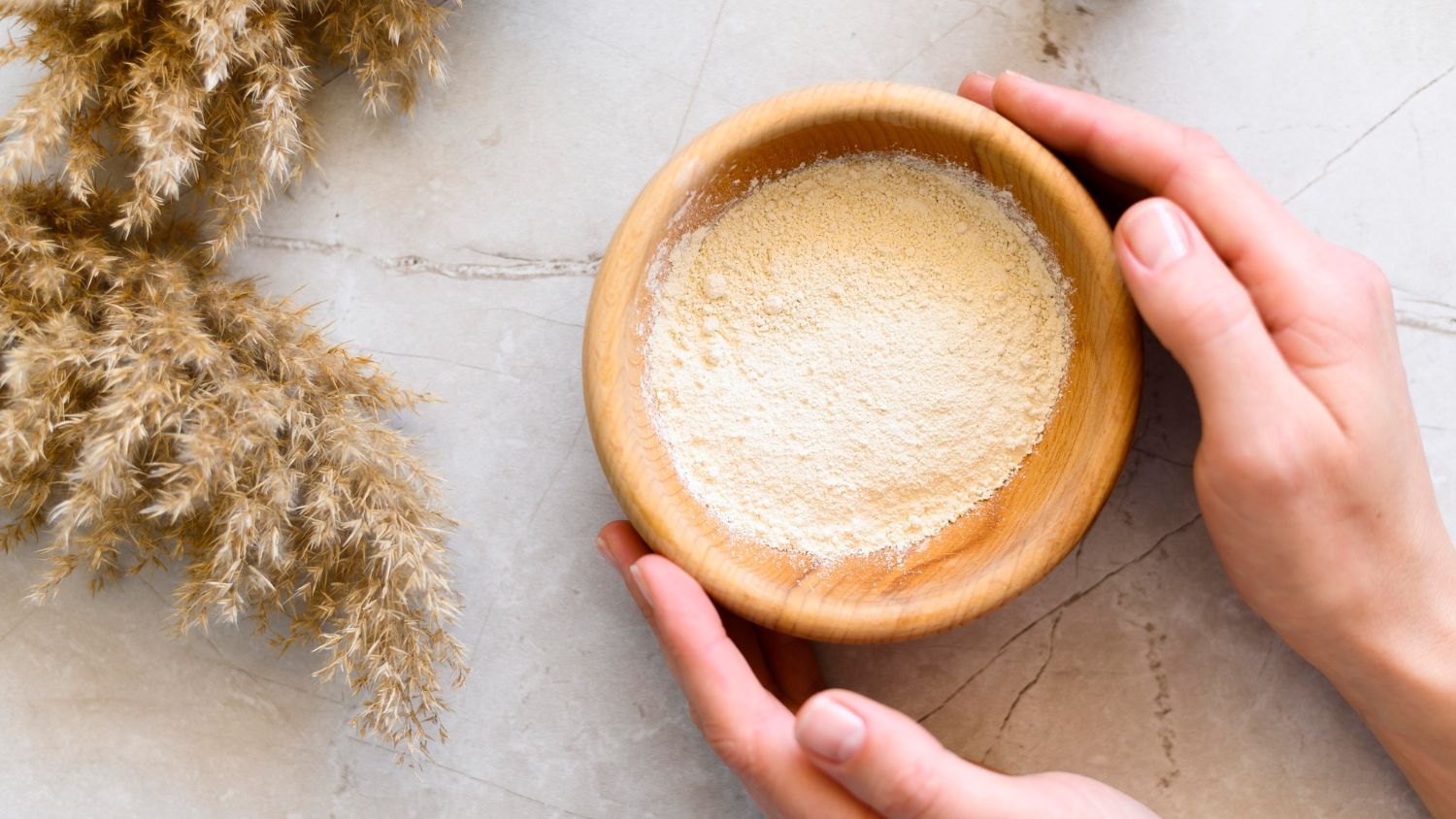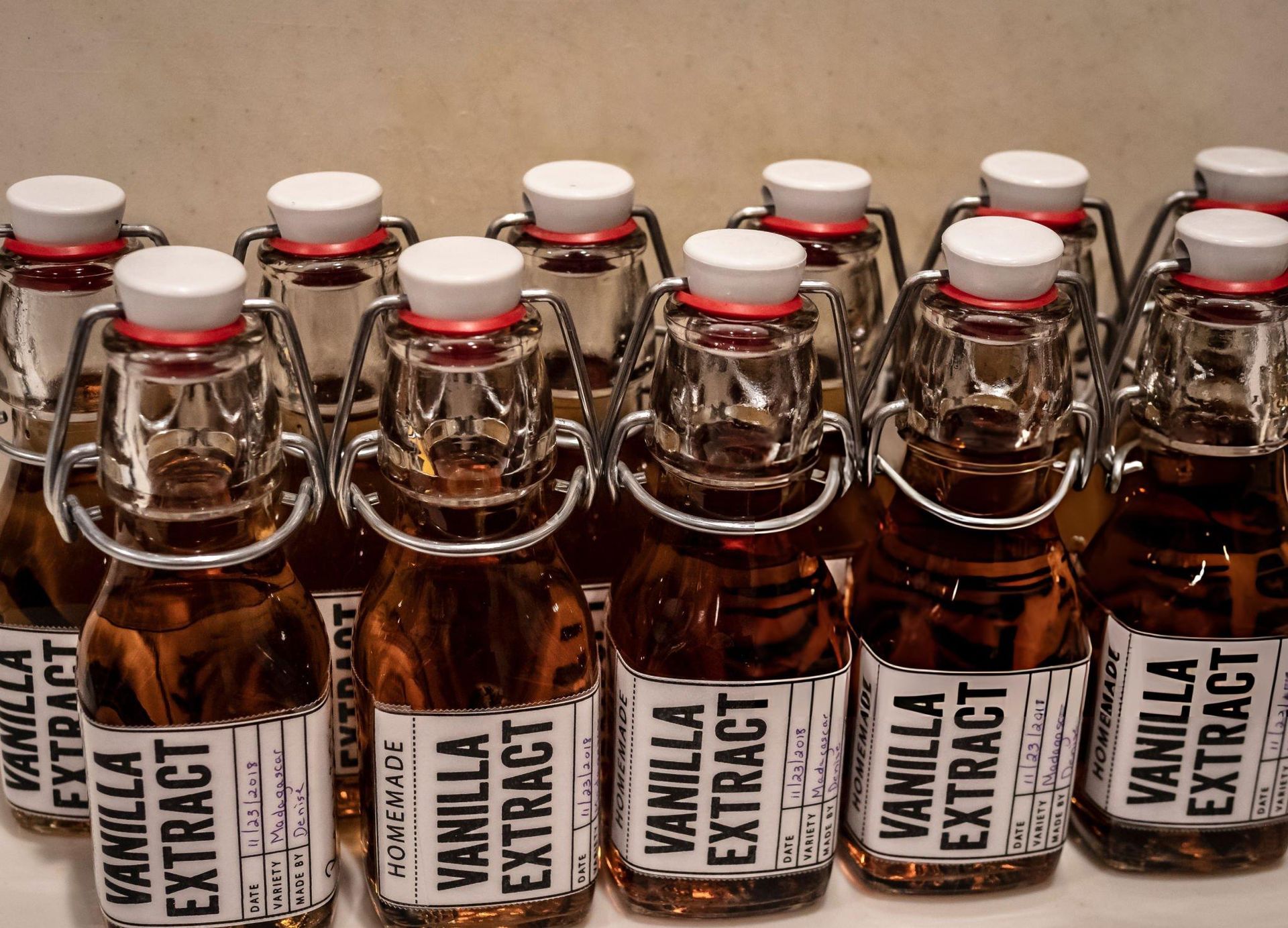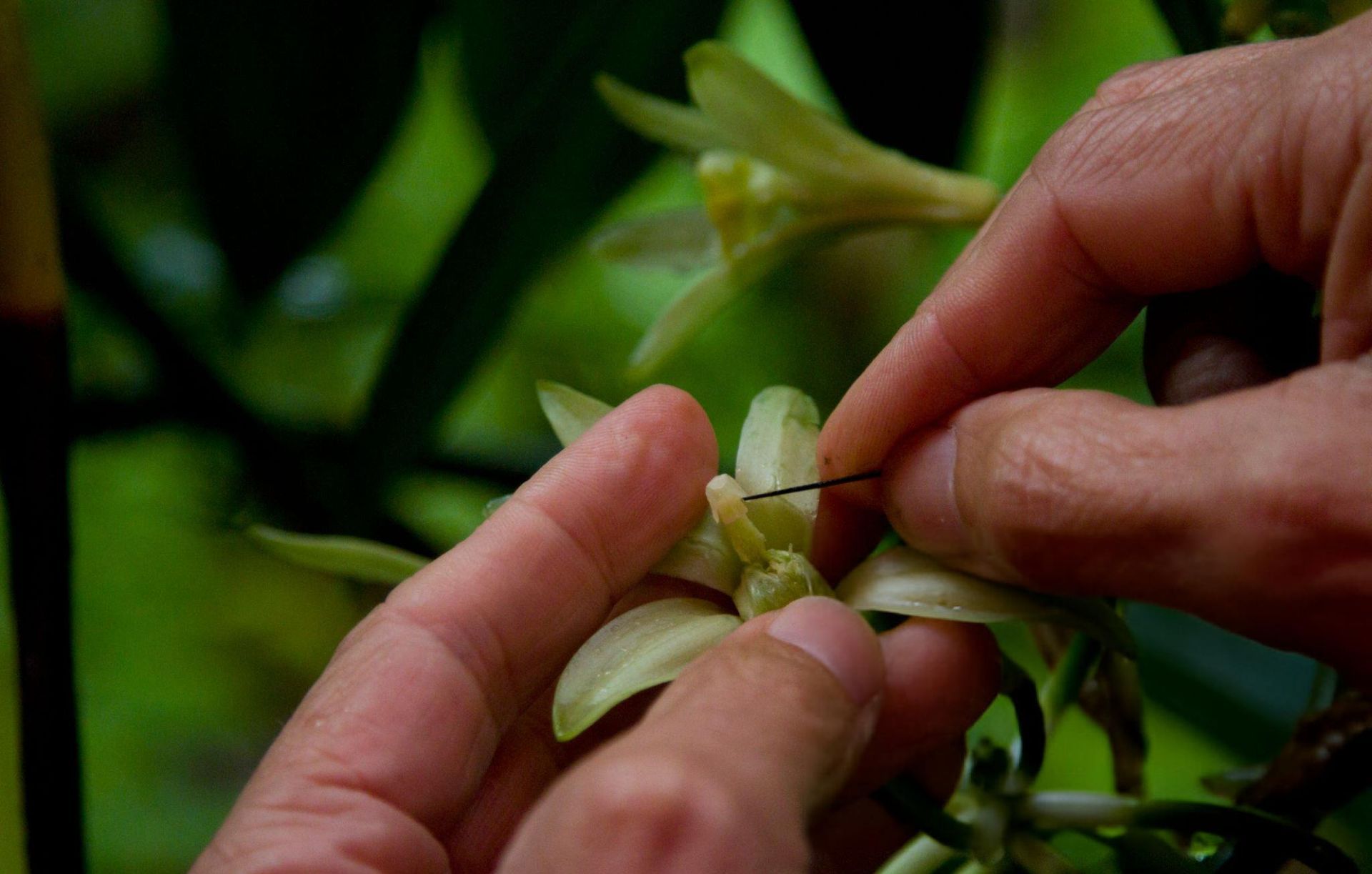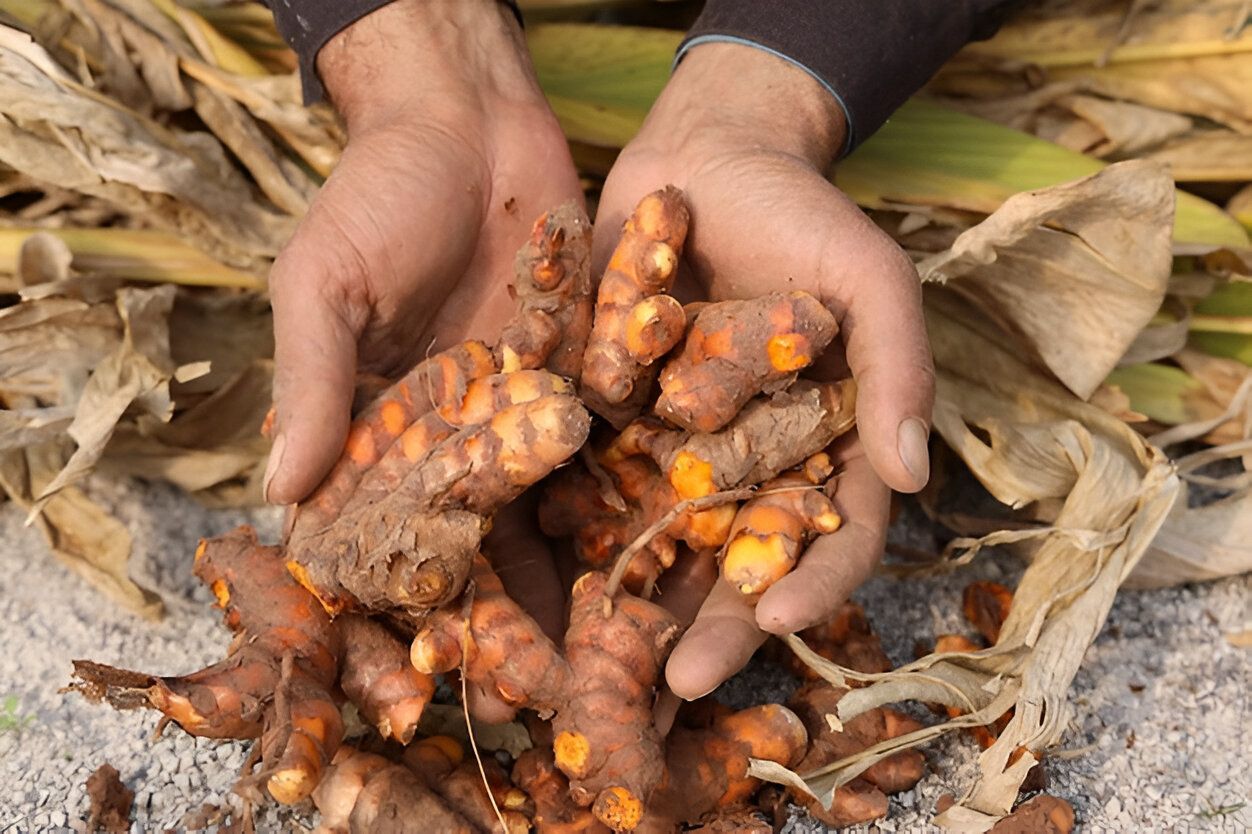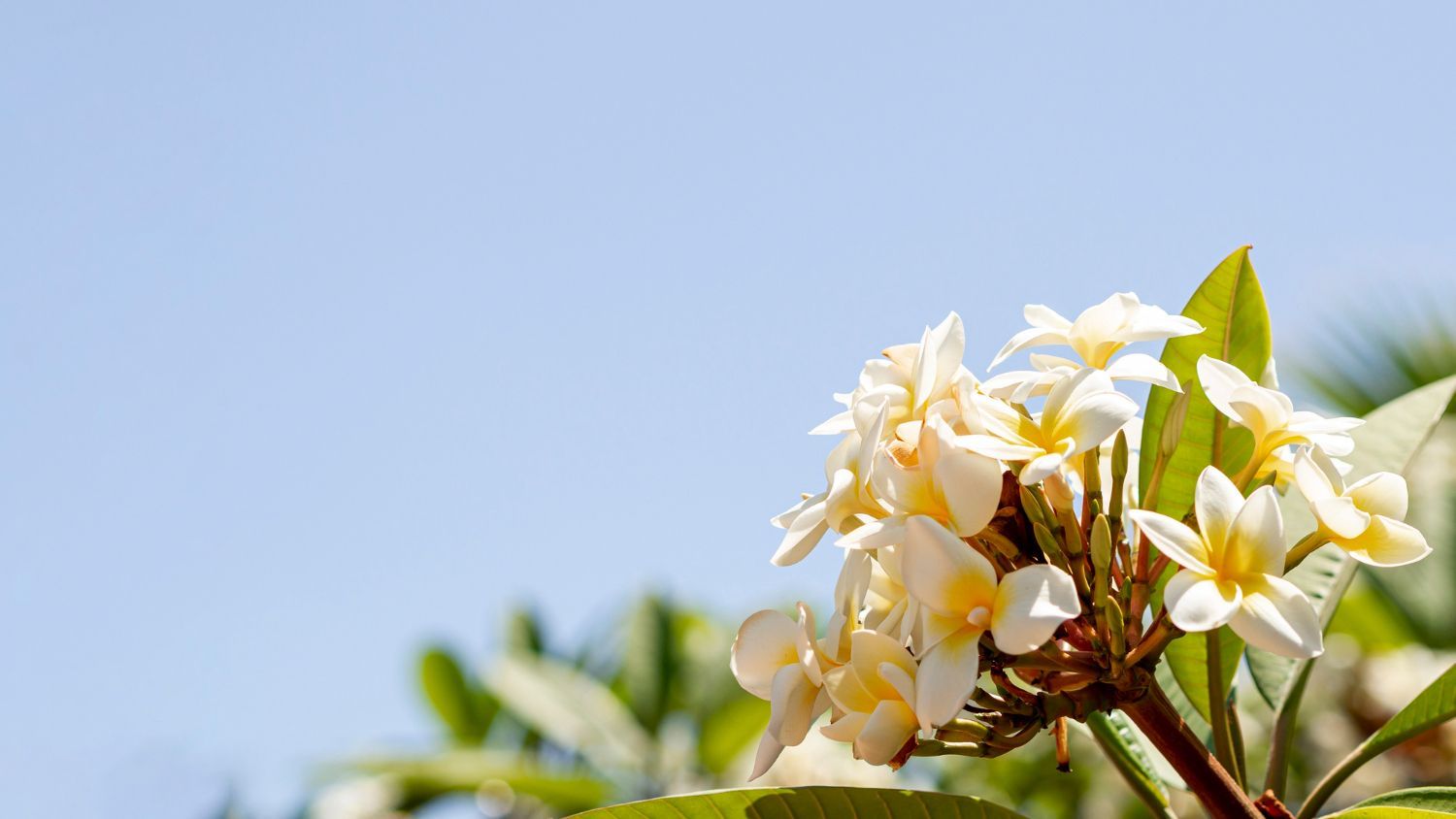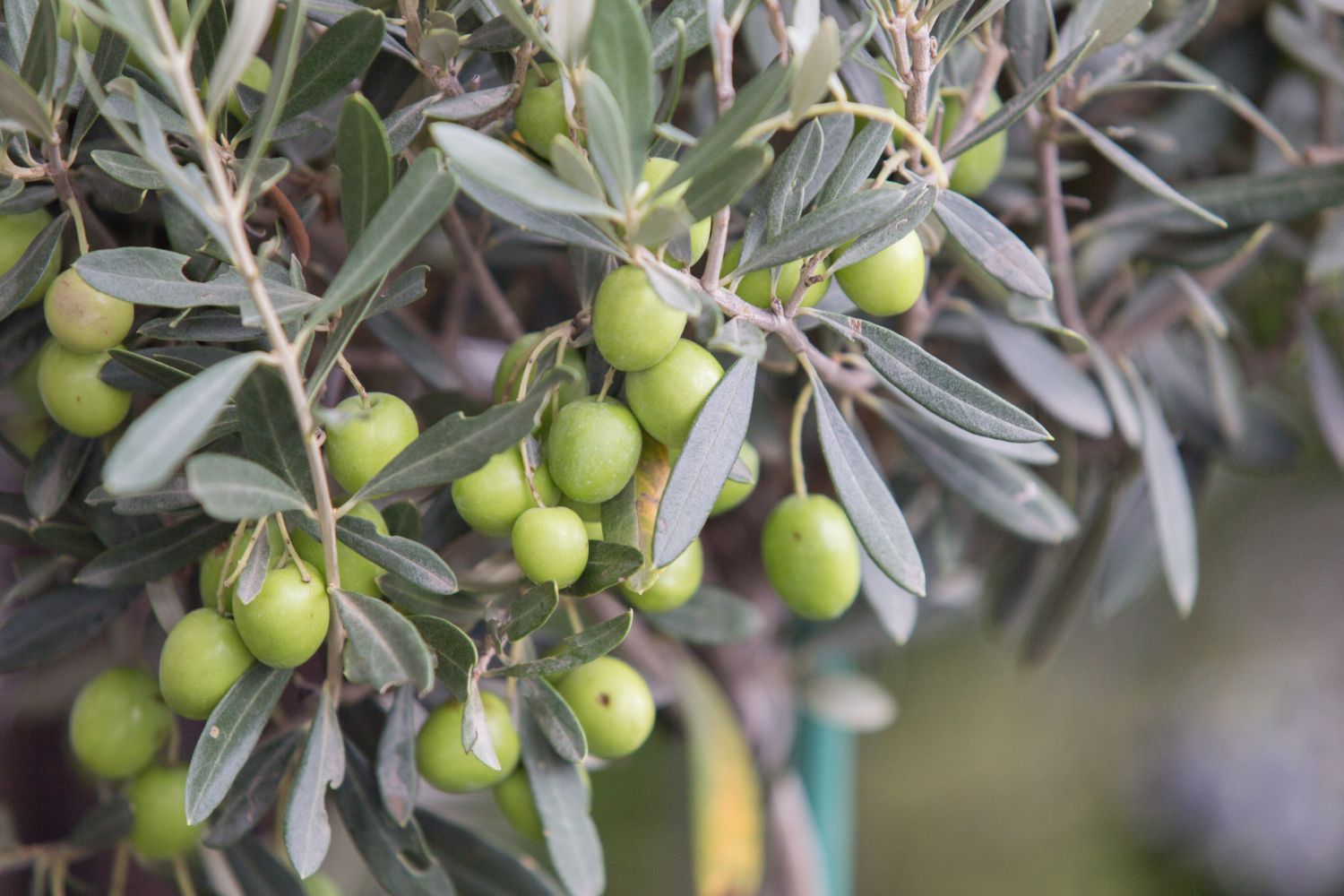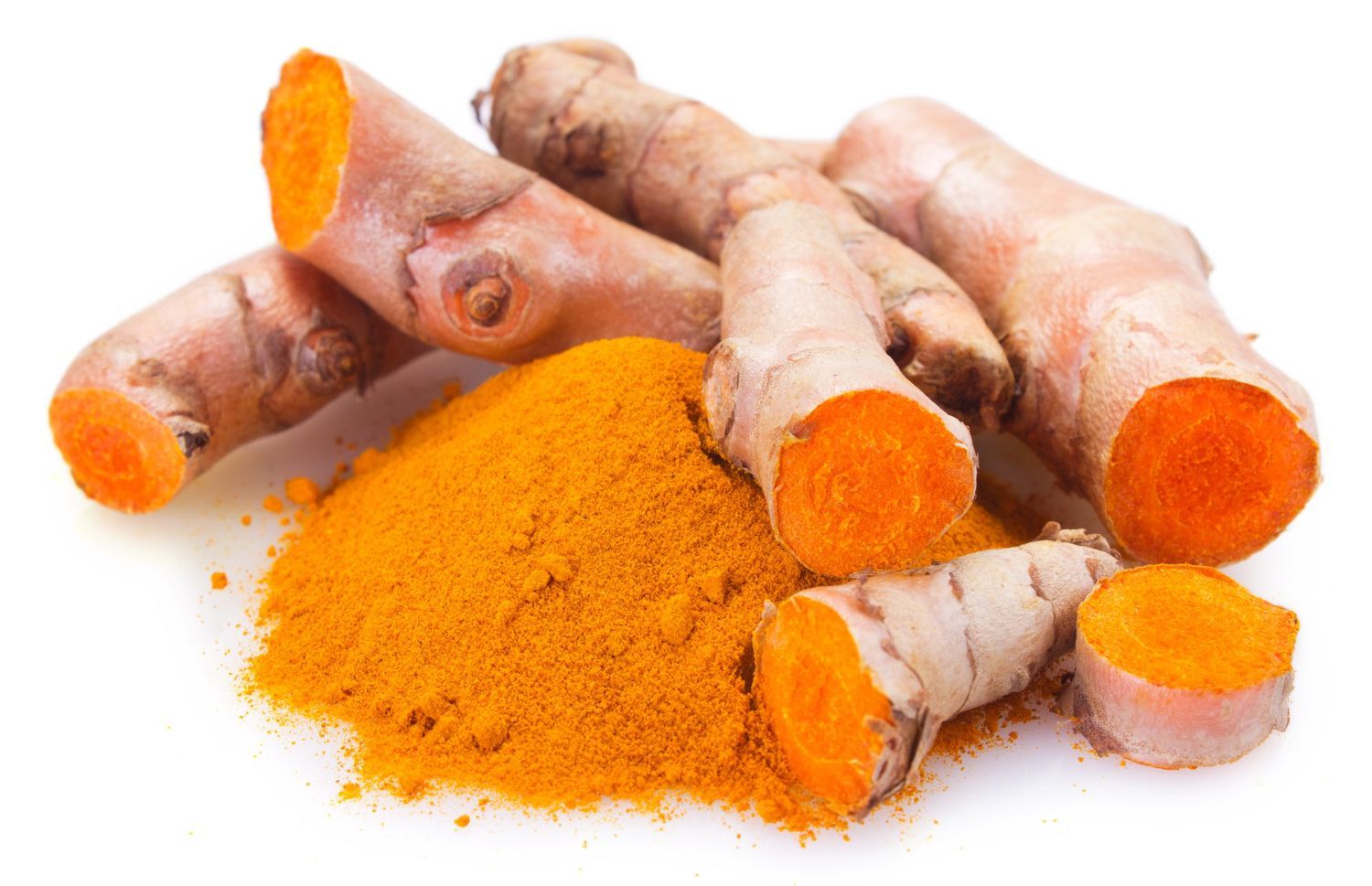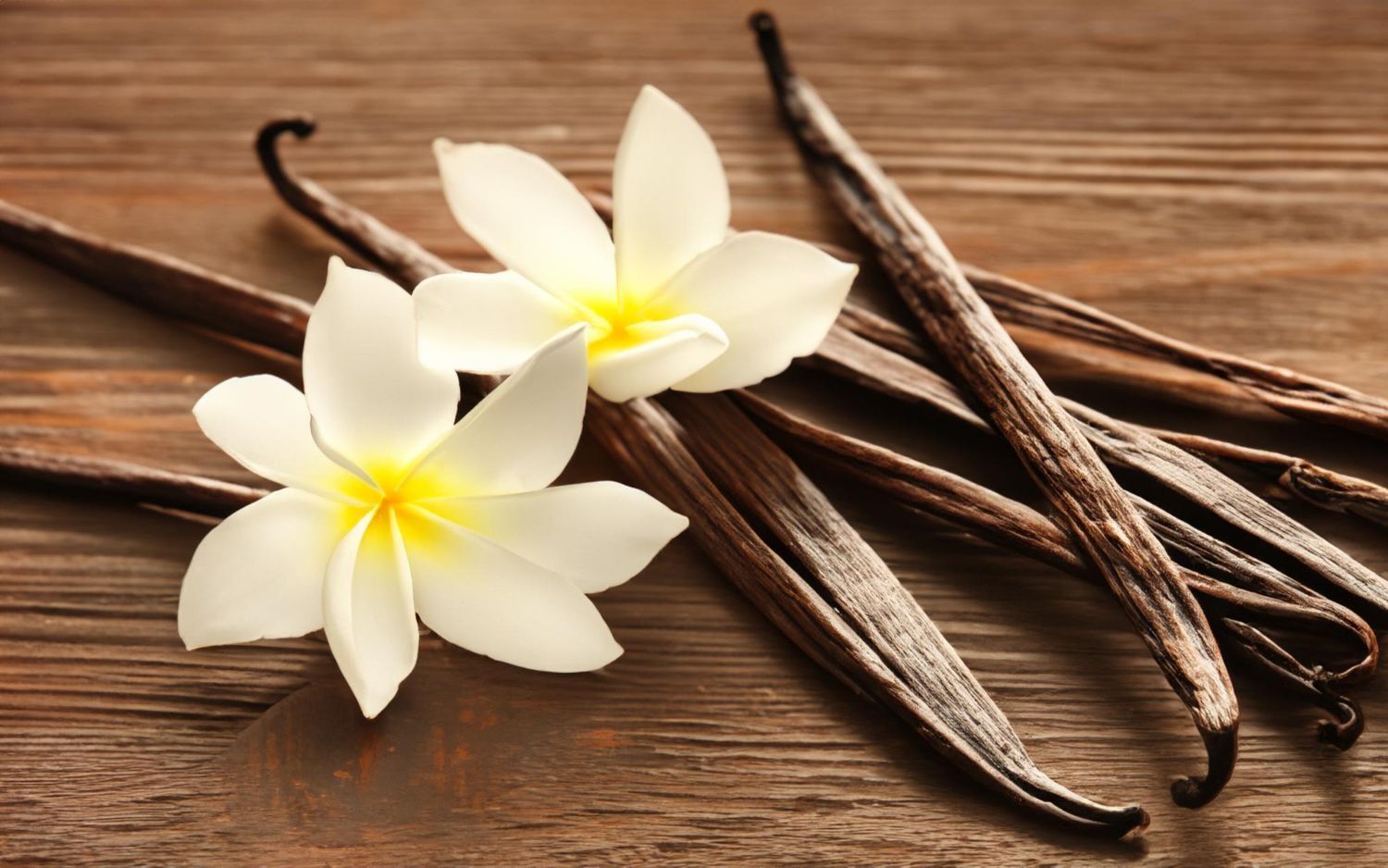Ginger root is a fantastic plant to have in your garden with its aromatic and versatile nature. It not only flavors meals but also holds a place in traditional remedies. However, one common issue that gardeners face is ginger root rot. This condition can be quite challenging, but with a little guidance, you can tackle it effectively. Identifying ginger root rot early is important to prevent further damage to your plants. Addressing the issue promptly can save your ginger crop and maintain your garden's health.
There are many reasons why ginger may develop root rot. Overwatering, poor drainage, and high humidity levels are just a few culprits. Early detection is crucial in preventing severe damage. If you're growing ginger in Florida, staying vigilant for signs of rot during the rainy season is a must. Understanding what to look for ensures your ginger plants remain vigorous, despite the challenges posed by the environment.
Identifying Ginger Root Rot
Recognizing the signs of ginger root rot early can make a significant difference. It's essential to look for certain changes in the plant that indicate trouble. Here are some of the common signs:
- Discoloration: Rotting ginger roots often turn dark brown or black. Healthy roots remain a vibrant tan.
- Mushy Texture:
When slightly pressing the root, it should feel firm. A soft or mushy texture suggests that rot has set in.
- Unpleasant Smell:
An unusual, foul odor can signal decay, similar to the smell of decomposing vegetation.
Spotting these signs early on allows for quick action to prevent the spread. Regularly checking your garden and plants can help catch any issues before they become too serious. If you notice any of these symptoms, be prepared to move to the next steps and address the problem effectively. Knowing what to watch for equips you with the tools to maintain a healthy ginger garden that thrives.
Immediate Steps to Take When Rot is Detected
Once you recognize the signs, acting swiftly can save most of your plants. Here’s what you can do:
1. Remove Affected Roots:
Carefully dig around the plant to expose the roots. Remove the ones that show signs of rot. This step helps prevent the disease from spreading to healthier roots.
2. Ensure Proper Disposal:
Dispose of the affected roots in a sealed bag and throw them away. Avoid putting them in your compost as it might spread the rot back into your garden.
3. Modify Watering Habits:
Adjust your watering routine to ensure the soil has a chance to dry out between sessions. Consider watering less frequently until you see improvement in the plant's health.
Implementing these steps promptly prevents further spread and protects your ginger plants from severe damage. By doing so, your plants will have a better chance of recovery and continued growth.
Preventing Future Rot
Avoiding ginger root rot isn't just about reacting once it's identified; it's about prevention as well. One effective prevention method is ensuring the soil has good drainage. Ginger doesn't thrive in waterlogged conditions, so it's important to have well-aerated soil. You might try planting your ginger in raised beds or containers with drainage holes. This lets extra water escape easily, reducing the chance of rot.
Proper watering practices are equally important. Ginger requires consistent moisture, but too much water can lead to root rot. Aim to water your ginger plants deeply but less frequently. This approach encourages strong, healthy root growth without oversaturating the soil. Keep a watchful eye on local weather conditions, especially during rainy seasons typical in Florida, making necessary adjustments to your watering routine.
Selecting healthy plant material also plays a big role in preventing root rot. Before planting, it's essential to inspect ginger roots for any signs of disease or rot. Opt for disease-free, fresh rhizomes to give your plants the best start. By practicing these tips, you can safeguard your ginger plants against future issues and maintain a thriving garden.
Professional Help and When to Seek It
While tackling ginger root rot is something you can often manage on your own, there are times when reaching out for expert advice is beneficial. Professionals offer experience and knowledge that can help identify underlying issues you might miss. They can also recommend advanced solutions specific to your region, like Florida, where humidity and soil conditions might vary.
Knowing when to seek professional help is important. If the signs of rot persist despite your efforts, or if you're dealing with a widespread issue, professional guidance can prevent complete crop loss. Don't hesitate to reach out to experts who can provide tailored advice and solutions, ensuring your ginger plants stay healthy and productive.
Keeping Your Ginger Root Healthy in Florida
Growing ginger in Florida comes with its own set of challenges, largely due to the state's unique climate. However, with the right strategies, you can successfully nurture your ginger. Florida's climate is hot and humid, so it's essential to monitor moisture levels. Consistent checks and adjustments to watering can combat the high humidity that fosters root rot.
Another factor to consider is location. Ginger does best with some shade, especially under the intense Florida sun. Consider planting in a spot that provides morning light and afternoon shade to protect your plants from overheating.
Aside from these environmental factors, regular garden maintenance is key to healthy ginger growth. Routine checks for pests, diseases, and other issues mean early intervention is possible, keeping plants thriving. By adopting these Florida-specific strategies, you can enjoy robust ginger plants and a bountiful harvest.
Maintaining a Healthy Garden Year-Round
It's essential to practice good gardening habits to maintain a healthy garden throughout the year. Performing routine checks will help you catch potential issues before they escalate. Seasonal adjustments, like altering watering schedules as the weather changes, are also useful. As summer turns into the rainy season, reducing watering frequency can prevent waterlogging.
Garden care isn't a one-time effort. Regular maintenance like pruning, weeding, and fertilizing ensures that plants stay strong and resist diseases like rot. Following these steps allows you to enjoy a flourishing garden and a continuous supply of ginger root and other plants you love. By committing to these practices, you'll create an environment in which your plants can succeed both now and in the future.
Ready to elevate your garden with more than just ginger? Consider diving into the thriving world of
growing vanilla in Florida. At Sunshine State Vanilla, we offer expert guidance and premium plants ideal for Florida's climate. Embrace this unique opportunity to enrich your garden with delicious, home-grown vanilla, ensuring your green space is not only luscious but also wonderfully aromatic.

